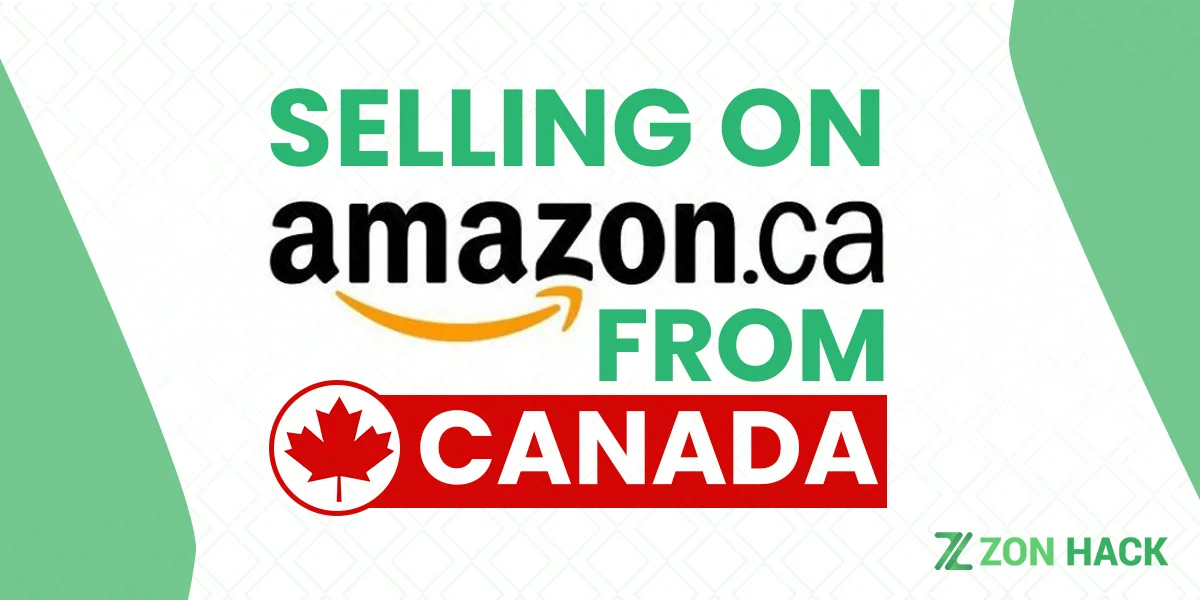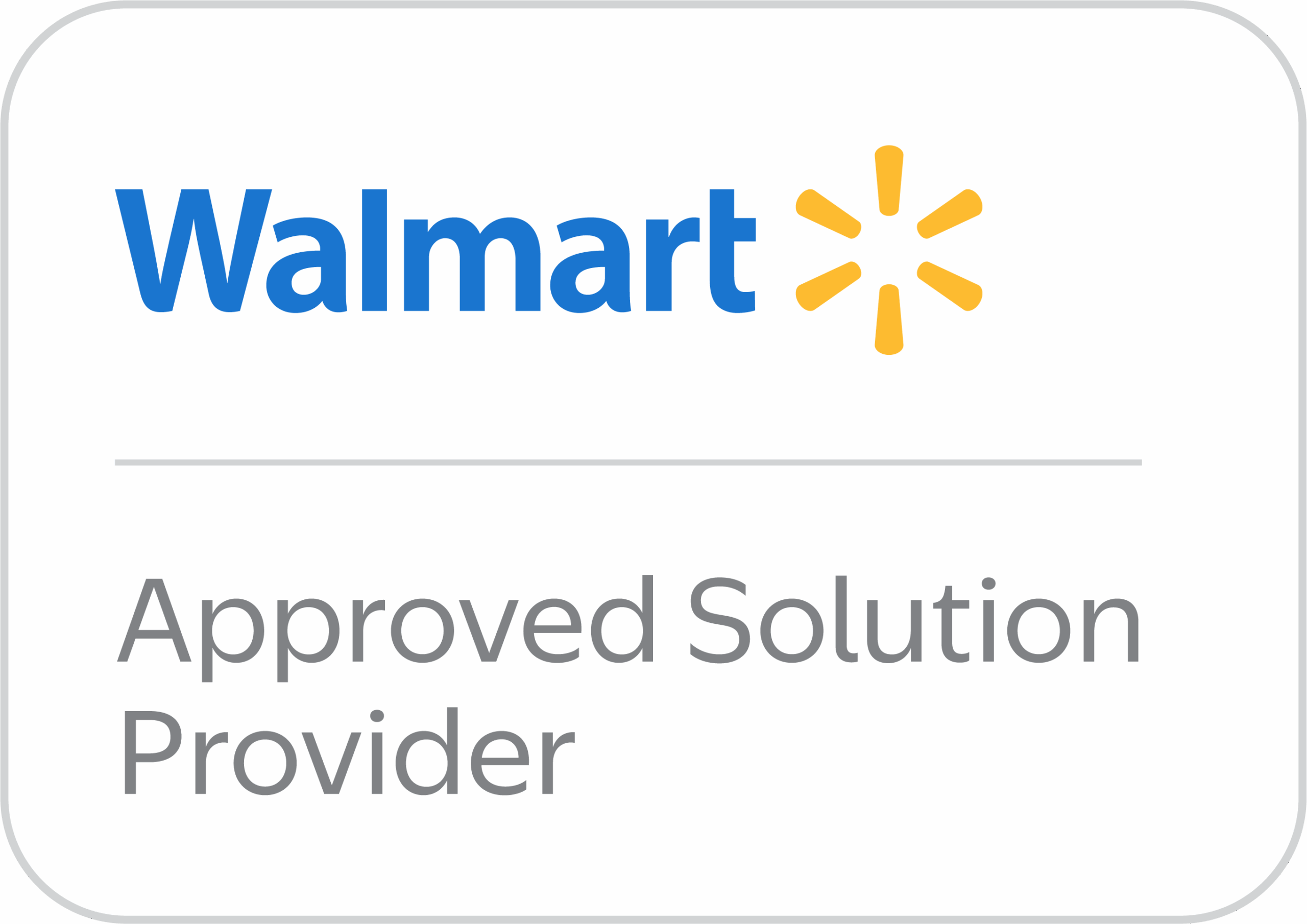Amazon Canada is expanding quickly, despite not being as large as Amazon U.S. marketplace, and there are still plenty of opportunities for Canadian sellers to succeed. Customers want a reliable destination where they can buy a wide range of products, which is why you and other vendors are so crucial. As an Amazon seller, you contribute to offering those customers a better selection, better prices, and an excellent customer experience.
Table Of Contents
- How to register
- What you will require to start
- What is Seller Central?
- Listing your first product
- Requirements to start listing products
- The product detail page
- Choosing the right fulfillment method
- Managing your Amazon business
- Conclusion
How To Register
With two selling plans (Individual and Professional, but you can think of them as standard and premium), you can sell a single item or thousands on Amazon. Choose the plan that best fits your business before you start the registration process.
Sellers using the Individual plan pay CDN $1.49 for each sale, while sellers using the Professional plan pay CDN $29.99 per month, regardless of how many items they sell. The Professional plan is a great choice if you sell more than 30 items each month. Whichever plan you choose, do not worry—you can change plans at any time.
What You Will Require To Start
Make sure you have access to the following before completing your registration:
- Bank account number and bank routing number
- Chargeable credit card
- Government-issued national ID
- Tax information
- Phone number
What Is Seller Central?
You will have access to your Seller Central account after you sign up as an Amazon seller. Consider Seller Central your go-to resource for Amazon selling. It serves as a portal to your Amazon business and a central location for managing your selling account, adding product information, making inventory updates, managing payments, and finding helpful content to help you navigate your Amazon business. All of your items are listed there as well.
Here are just a handful of the things you can accomplish with Seller Central:
- Keep track of your inventory and update your listings from the Inventory tab.
- Download custom business reports and bookmark templates you use often.
- Use customer metrics tools to monitor your seller performance.
- Contact Selling Partner Support and open help tickets using the Case Log.
- Keep track of your daily sales for all the products you sell on Amazon.
Listing Your First Product
You must first create a product listing in order to sell a product on Amazon. Create a new listing (if you are the first or only seller) or match an existing one (if somebody else is already selling the same product on Amazon).
According to the selling plan, sellers upload and list their products in different ways. Sellers with Professional seller accounts have the option to list their products in large batches using bulk uploading or inventory management with third-party systems, while Individual sellers list products one at a time.
Your product will be available to both B2C and B2B customers after you successfully list it. This gives you the opportunity to increase the reach of your offers from a single account without any additional fees.
Requirements To Start Listing Products
In most cases, products must have a Global Trade Item Number (GTIN), such as a UPC, an ISBN, or an EAN. These product IDs enable Amazon to recognize the exact item you are selling. If you match a listing, no product ID is required because it already exists. You might need to buy a UPC number or apply for an exemption if you are adding a new product to Amazon.
Here are a few of the critical details that each product listing must have in addition to the product ID:
- SKU
- Product title
- Product description and bullet points
- Product images
- Search terms and relevant keywords
The Product Detail Page
Customers can view a product sold on Amazon on its detail page. There customers can find all the relevant information about a particular product.
When a product is offered by multiple sellers, Amazon compiles information from each offer into one product detail page. Along with other sellers and manufacturers, you can propose product information on a product detail page and ask for detail page reviews if you believe the information is inaccurate.
When creating your product description pages, try to keep in mind what will help customers to find your items, discover answers to their queries, and make a purchasing decision. Make sure that your listings are concise, accurate, and easy to understand to provide the best possible customer experience.
The product detail page contains the following:
- Title: 200 characters max, capitalize the first letter of every word.
- Images: 500 x 500 or 1,000 x 1,000 pixels to increase listing quality.
- Variations: Such as different colors, scents, or sizes.
- Bullet points: Short, descriptive sentences highlighting key features and benefits.
- Featured offer (“Buy Box”): The featured offer on a detail page. Customers can add to their cart or “Buy Now”.
- Other offers: The same product sold by multiple sellers offering a different price, shipping options, etc.
- Description: Keywords improve the chances that people will find your listing.
Choosing The Right Fulfillment Method
Amazon sellers have two options for getting customers their stuff:
- Merchant fulfilled: You can do it yourself, maintaining your own inventory and shipping products to customers.
- Fulfillment by Amazon (FBA): Amazon takes responsibility for packaging, labeling, and shipping products. You will be charged for FBA by Amazon.
Each method has its own benefits—you just have to decide which is right for your business.
Managing Your Amazon Business
Your first sale is a significant accomplishment, but it is only the start of your potential for development as an Amazon seller. Once your store is up and running, there are a few important things to keep in mind.
Performance metrics
In order to deliver a seamless, delightful shopping experience, Amazon sellers maintain a high level of performance. Amazon sellers must keep an eye on these key metrics:
- Order defect rate (a measure of a seller’s customer service standards: < 1%)
- Pre-fulfillment cancel rate (initiated by the seller before shipment: < 2.5%)
- Late shipment rate (orders that ship after the expected date: < 4%)
In Seller Central, you can monitor your performance and ensure you meet your targets.
Customer reviews
Customer product reviews are a crucial component of the Amazon shopping experience and they benefit both customers and sellers. Ensure you know how to obtain more product reviews without violating policies. To learn more about how to get more customer reviews read How To Get Reviews On Amazon: Fast & Safe.
Conclusion
Hopefully, this article has outlined how to start selling on Amazon.ca. Since late 2015, Amazon.ca has helped many businesses expand significantly. It can do the same for a lot of other businesses looking for 10-20% sales growth. Regardless of which Amazon marketplace you decide to sell on, there is no better time than now to start or expand your business.
Have you had any experience selling on Amazon.ca or other Amazon marketplaces? Do you have more questions about selling in Canada? If so, let us know in the comments below!




